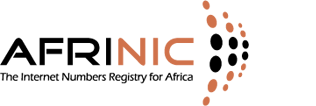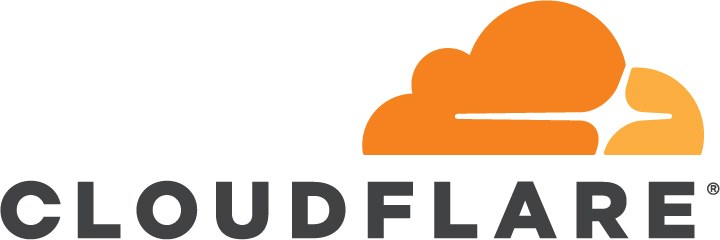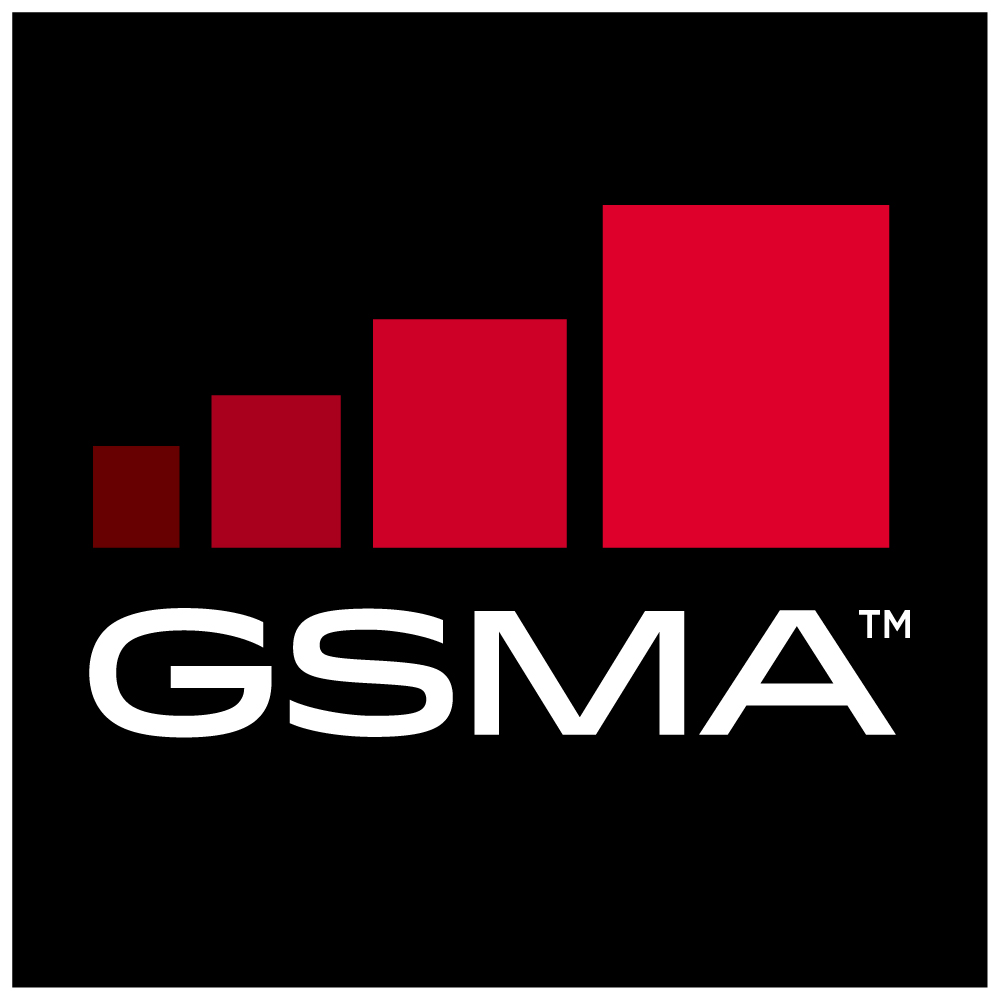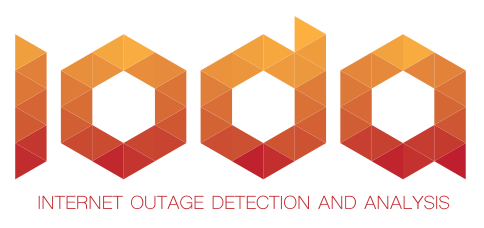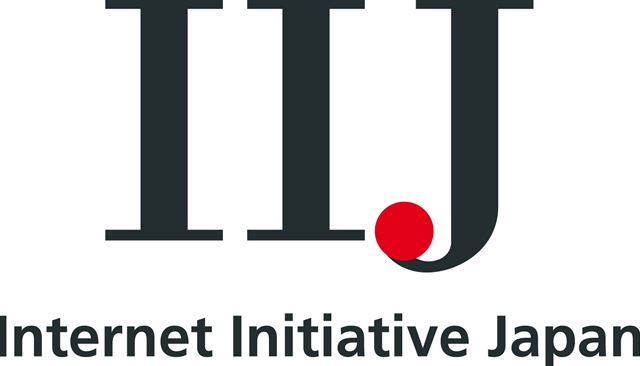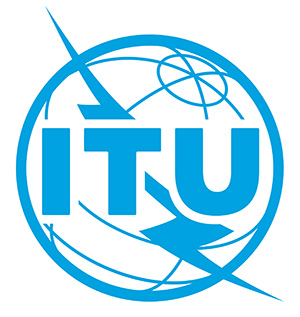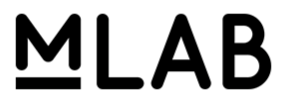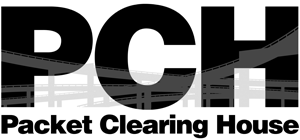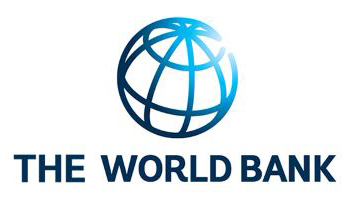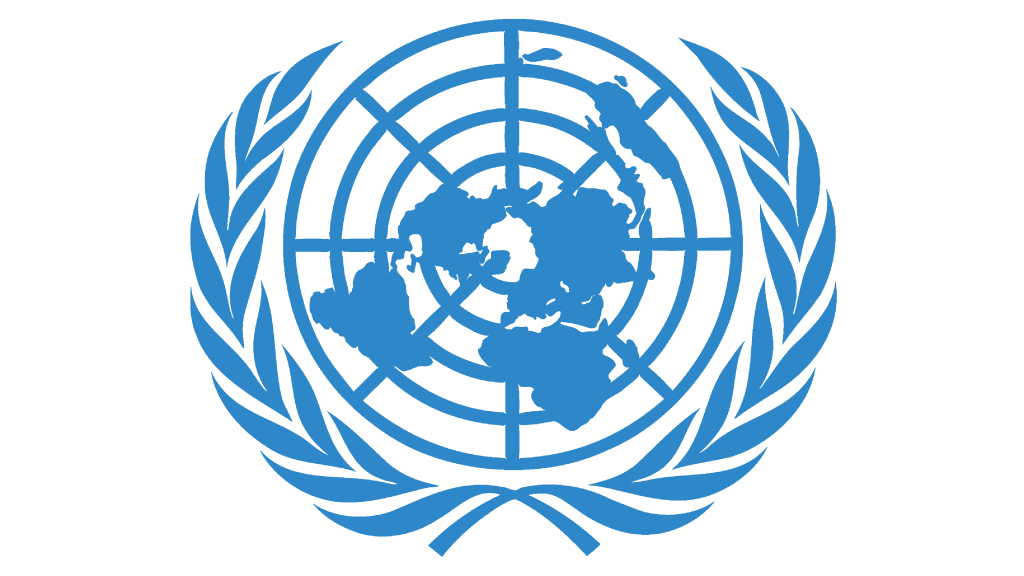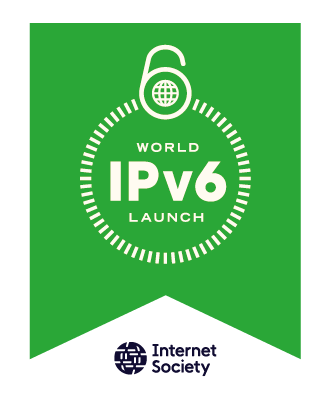Partners
Suspected Internet shutdown events can be corroborated using information from Facebook Transparency’s Internet Disruptions page. Graphs from the Google Transparency Report Traffic and Disruptions page are used to illustrate the impact of Internet shutdowns on Internet connectivity. Other data partners include:
Internet shutdown event data for calendar year 2019 and 2020 comes from AccessNow’s #KeepItOn shutdown tracker.
AfricaBandwidthmaps.com provides the number of international gateways in African countries.
Partnership to develop methodologies, tools and services to help measure Internet resilience in Africa.
As part of the World IPv6 Launch effort, APNIC provide data related to IPv6 deployment aggregated by network. APNIC also provide data related to IPv6 deployment aggregated by country, adoption of routing security technologies as part of their extensive measurement activities.

The A4AI (Alliance for Affordable Internet), in partnership with the ITU, provides annual Affordability report on mobile and fixed broadband pricing.
Cloudflare Radar provides an alerting and reporting service that is used to inform and illustrate the impact of Internet shutdowns on Internet connectivity around the world.
CyberGreen conducts weekly Internet scans to provide up-to-date statistics on the global state of Cyber Health. Pulse retrieves data on the DDOS potential of a country.
Datacentermap.com provides information on the global data center market, with focus on colocation, IP transit, cloud and various hosting services.

DNSSEC-Tools provide information relating to the levels of DNSSEC deployment at country-code Top Level Domains.
Domaintools provides the number of domain registered under a ccTLD.
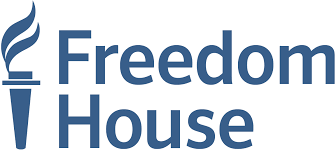
Freedom House provide data from their Freedom on the Net report.
Information about network coverage and spectrum allocation is extracted from the GSMA Mobile Connectivity Index.
Graphs from the Internet Outage Detection & Analysis (IODA) project are used to illustrate the impact of Internet shutdowns on Internet connectivity.
Internet Initiative Japan (IIJ) is a source of network hegemony data used by the Internet Resilience Index. Pulse uses the API provided by the Internet Health Report which is a service developed by the Internet Initiative Japan (IIJ) Labs. Pulse makes use of the AS Hegemony data to calculate inequality in network dependency at a country-level.
Pulse uses the ITU data on Fiber reach to get the percentage of the population in a country close to a fiber point-of-presence. ITU also provides the Global Cybersecurity Index.
A collaboration to improve Internet disruption and censorship monitoring and reporting. Jigsaw is a unit within Google that explores threats to open societies, and builds technology that inspires scalable solutions.
Measure the Internet, save the data, and make it universally accessible and useful.

Ookla runs a crowd-sourced Speedtest service which collects download, upload and latency information from various places around the world. Ookla aggregated the data at a country-level to build the Speedtest Global index.
The Open Observatory of Network Interference provides measurement data relating to Internet censorship and supports Internet Society Pulse with custom visualisations depicting the impact of targeted censorship events. We include OONI data, reports and visualisations in our database of Internet shutdown events.
Packet Clearing House (PCH) is the international organization that collects data on IXPs around the world. Pulse uses the PCH API to extract information about IXPs and their members.
PeeringDB is a freely available, user-maintained, database of networks, and the go-to location for interconnection data. Pulse uses the API to extract information about IXPs and their members.

RoVista aims to determine the Routing Origin Validation (ROV) status of network operators.
Spamhaus maintains a series of block lists CBL, DNSBL, etc. They provide country-level information on the % of infected networks. Pulse uses the country-level information to quantify “Spam infections”.
As part of the Doing Business report the World Bank provides data on “Getting Electricity” as one of the metrics for measuring business facilitation for local firms. The “Secure Internet Servers” is a metric provided by the World Bank.
The United Nations provides the E-Government Development Index, which is used in Pulse as a proxy for local-content.
World IPv6 Launch provides data related to IPv6 deployment aggregated from multiple data sources. As part of that effort, Akamai, Facebook and Google provide data related to IPv6 deployment aggregated network. Akamai, Facebook and Google also provide a source of data related to IPv6 deployment aggregated by country.
W3Techs provide data related to the use of various technologies on the web. We use their data in our analysis of market concentration.



